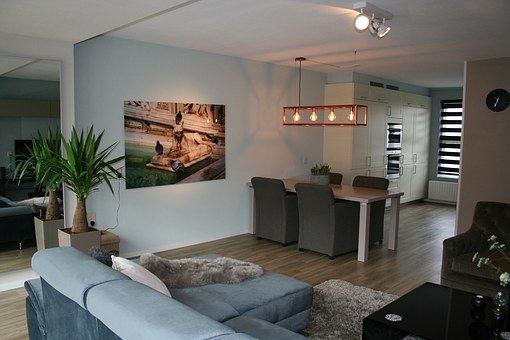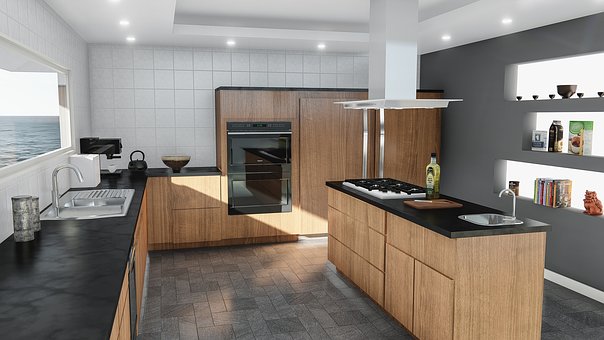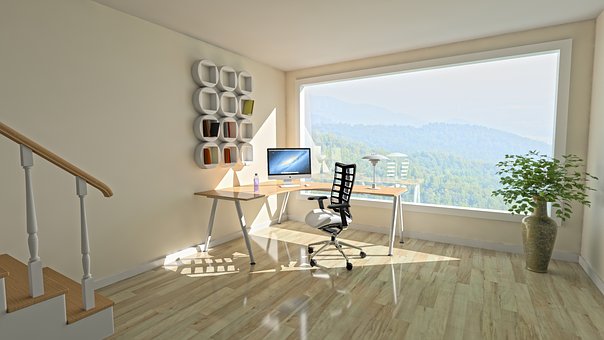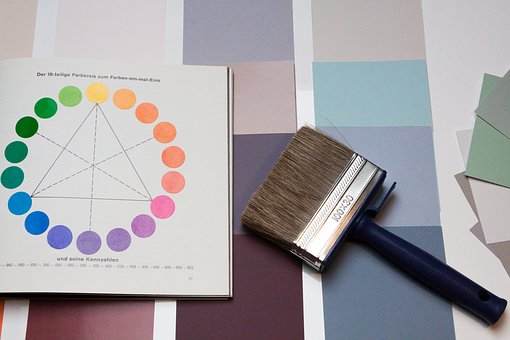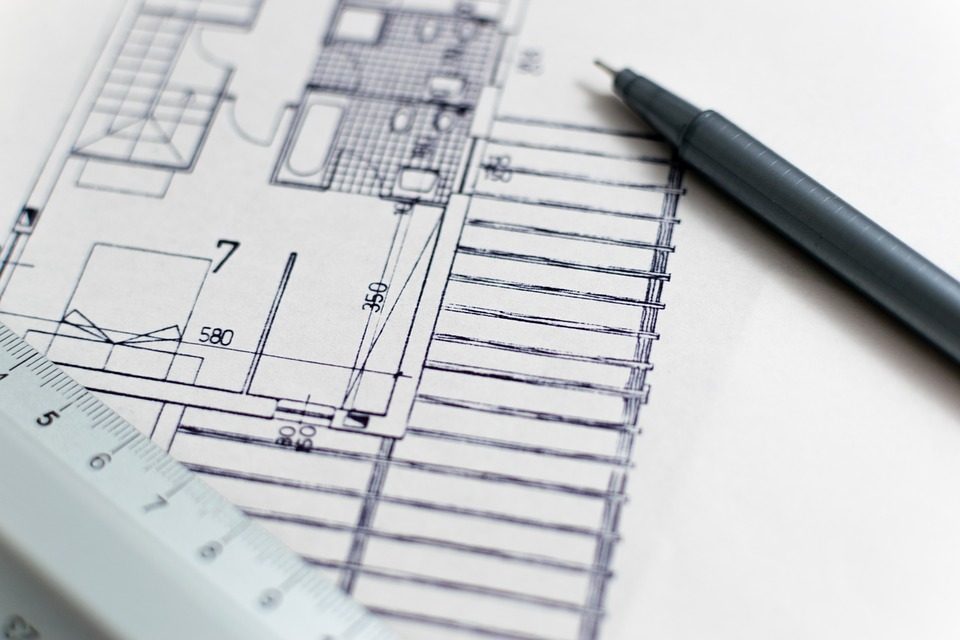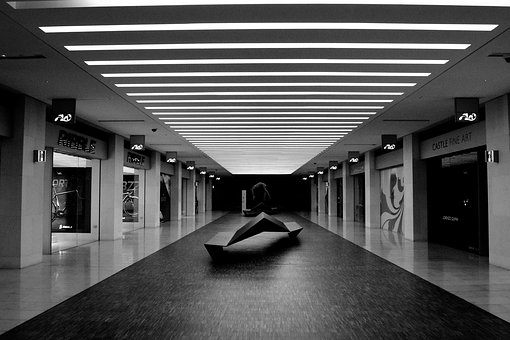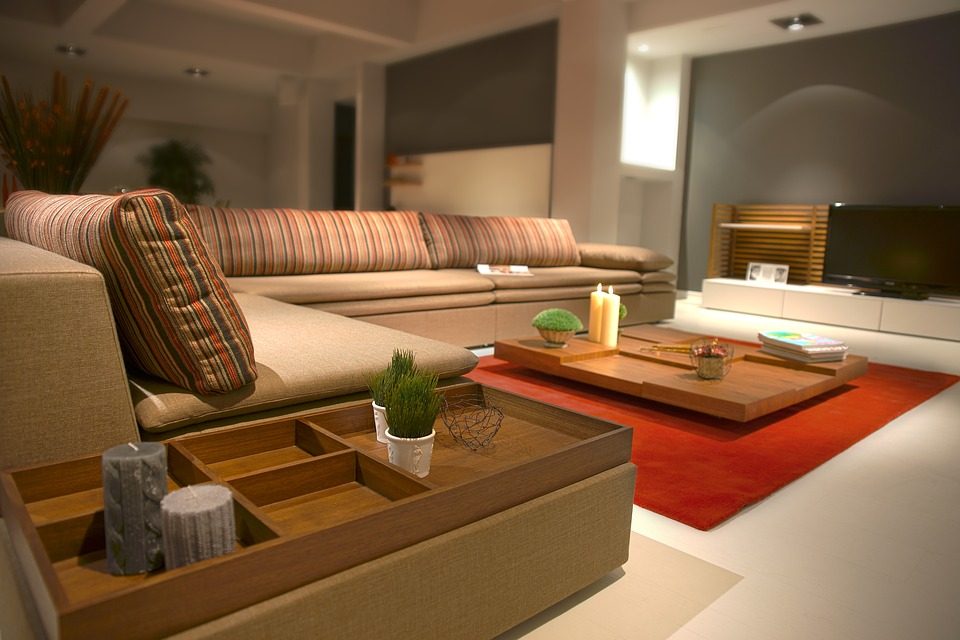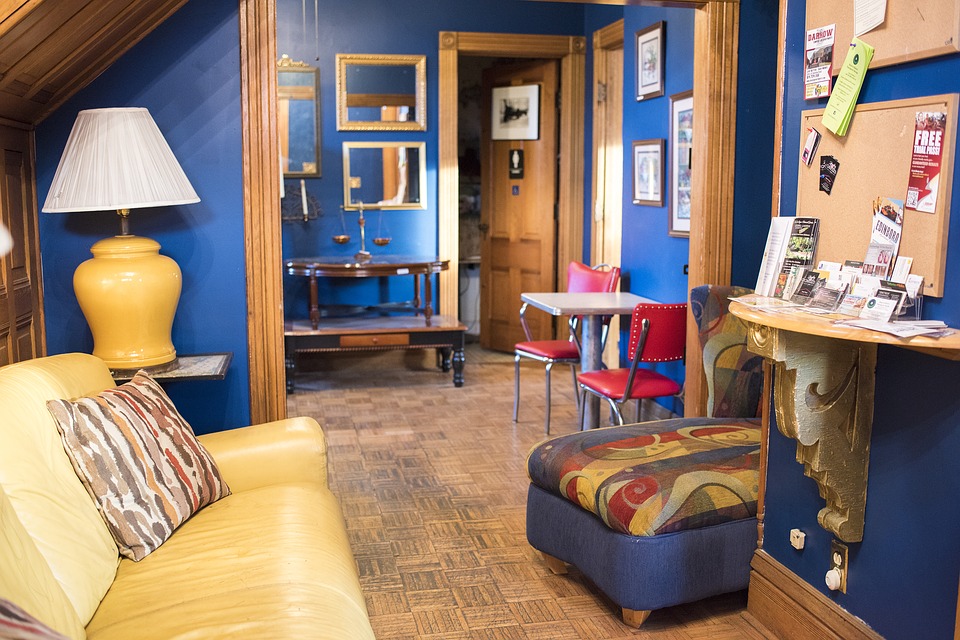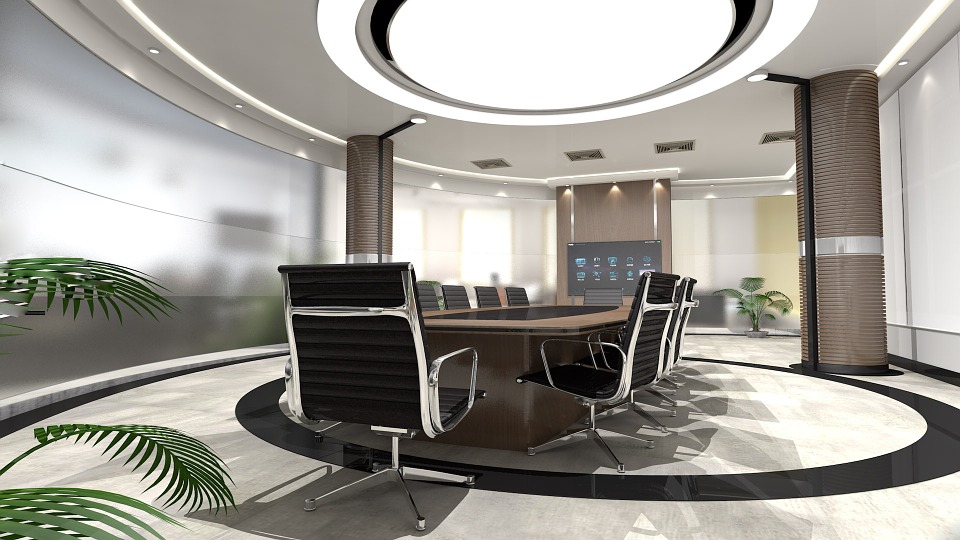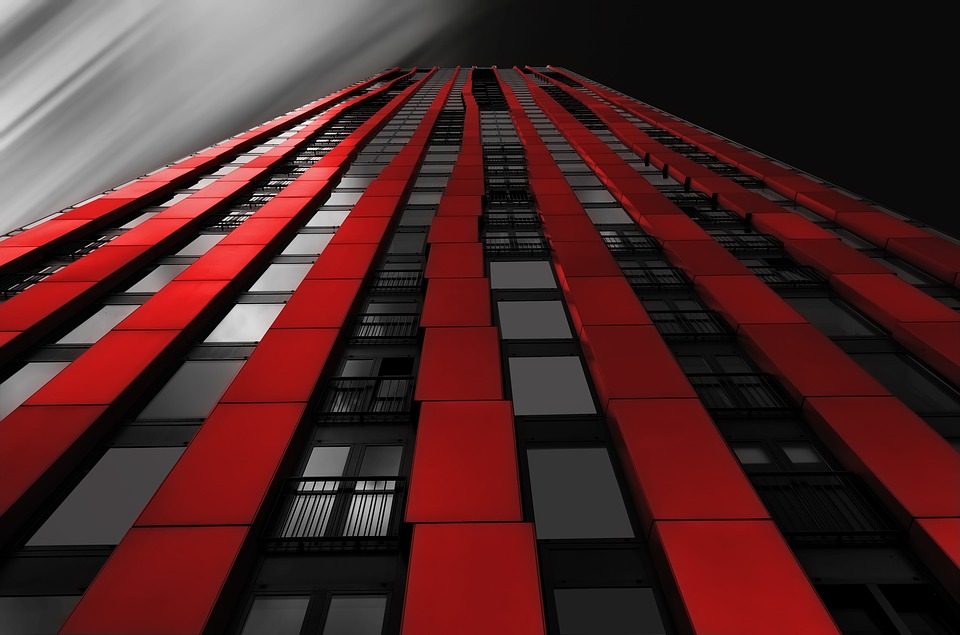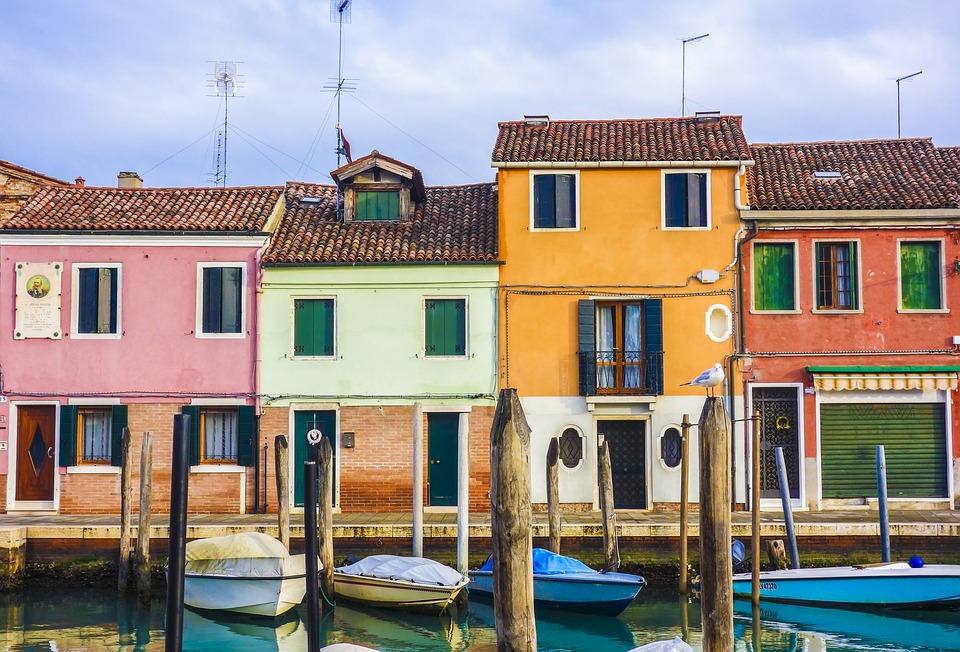Poulticing for Removing Graffiti and Stains
Stains and graffiti, that have penetrated inside of the masonry, are often most effectively removed through a poultice being used. A poultice is comprised of clay powder (such as fulleris earth or kaolin, or even shredded paper towels or paper) or an absorbent material, mixed together with a liquid (remover or solvent) in order to form a paste that is then applied to a stain. The poultice needs to be kept moist and then left on the stain for as long as needed in order to draw the stain out from the masonry. As the paste dries, it will absorb the staining materials so it isn’t redeposited onto the masonry surface again.

Some paint removers and commercial cleaning products are specially formulated as either a gel or paste that clings to a vertical surface and stays moist for longer to prolong the chemical’s action on the stain. There are also pre-mixed poultices that are available as a powder or past that only need the appropriate liquid to be added. The masonry needs to be pre-wet before an alkaline cleaning agent is applied, but not when a solvent is used. After the stain is removed, the masonry needs to be thoroughly rinsed.
Mechanical and Abrasive Cleaning
In general, it is not appropriate to use abrasive cleaning methods on historic masonry buildings. The reason is that they are abrasive. Sanding discs, grinders, and grit blaster all operate through abrading the paint or dirt off of the masonry surface, instead of reacting with the masonry and dirt. That is how chemical and water methods work. Abrasives do not differentiate between the masonry and dirt, so they also can remove the masonry’s outer surface, and result in the masonry being permanently damaged. Polished surfaces, detailed carvings, soft stone, architectural terra-cotta, and brick are all especially susceptible to aesthetic and physical damage that abrasive methods can cause. Architectural terra-cotta and brick are fired products that have a glazed, smooth surface that can be removed by grinding or abrasive blasting. Masonry that is cleaned abrasively is damaged both physically and aesthetically, and it will have a rough surface that has a tendency to hold dirt. The roughness will also make it more difficult to clean the masonry in the future. Abrasive cleaning processes also can increase the chance of subsurface cracking on the masonry. Abrasion of the masonry’s carved details will cause the sharp corners to be rounded and other delicate features can be lost. Abrasion of a polished surface will remove the stone’s polished finish.
Mortar joints, particularly those that contain lime mortar, may also be eroded by mechanical or abrasive cleaning. In certain cases, the damage might be visual, like increased joint shadows or losing joint detail. Since mortar joints make up a high percentage of the masonry surface (in a brick wall up to 20 percent), it can result in losing a large percentage of historic fabric. When mortar joints erode, it might also allow increased water penetration, and that will likely result in repointing being necessary.
Read also: Cleaning Methods For Historical Architecture
Abrasive Blasting
Blasting using abrasive grit or some other abrasive material is the abrasive method that is most frequently used. Sandblasting is associated most commonly with abrasive cleaning. Some of the materials that are used for abrasive cleaning include finely ground silica, glass beads, glass powder, ground garnet, powdered walnut as well as other types of ground nut shells, aluminum oxide, grain hulls, plastic particles or even tiny sponge pieces. Although abrasive blasting isn’t an appropriate cleaning method to use on historical masonry, it may be used safely for cleaning certain materials. Quite often finely-powdered walnut shells are used to clean monumental bronze sculptures. Carved, finely detailed stone features and delicate museum objects with micro-abrasive units are also cleaned by skilled conservators using aluminum oxide.
Typhoon Sand Blaster …
There are a number of current abrasive blasting approaches that use materials that are not normally considered to be abrasive and are not associated commonly with traditional methods of abrasive grit cleaning. There are certain abrasive cleaning processes – one wet, one dry – that use finely-ground glass powder to remove or “erase” surface soiling and dirt only, but not stains or paint. Another patented process is cleaning using baking soda. Some communities use baking soda blasting to quickly remove graffiti. However, it shouldn’t be used to clean historic masonry since it can abrade it easily and may permanently etch graffiti in the stone. Also, it may leave behind salts in the stone that are potentially damaging that cannot be removed. A majority of abrasive grits can be used either wet or dry, although dry grit has a tendency to be used more often.
Pelletized dry ice or icy particles (CO2 or carbon dioxide), is another medium that is used for abrasive cleaning. It is too abrasive to use on a majority of historic masonry. However, it can have some practical application to remove asphaltic coatings or mastics from certain substrates.
Some of the processes are promoted as not causing damage to historic masonry buildings and environmentally safe. However, it needs to be kept in mind that they are abrasives and “clean” through removing part of the masonry surface, despite being just a tiny portion. The very fact that these are abrasive treatments needs to always be considered whenever a project for cleaning masonry is being planned. As a general rule, historic masonry buildings should not be cleaned using abrasive methods. In certain limited circumstances, gentle, highly-controlled abrasive cleaning might be appropriate on hard-to-clean, certain areas on a historic masonry building if conducted under the careful supervision of an experienced, professional conservator. However, an entire masonry building should never be cleaned using abrasive cleaning.
See also: Assessing Cleaning Treatments For Historic Buildings
Sanding Disks and Grinders
Grinding a masonry surface suing sanding disks and mechanical grinders is another abrasive cleaning method that should not be used on a historic masonry building. Disks and grinders, like abrasive blasting, doesn’t really clean masonry. Instead, it abrasively removes and grinds away, and therefore, damages the actual masonry surface instead of just removing soiling material.

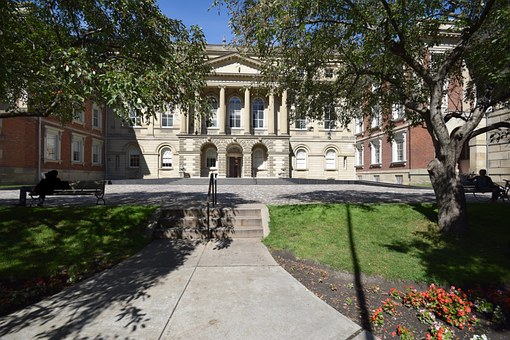
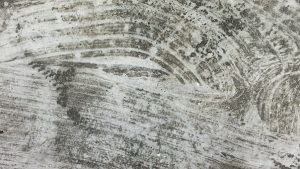 Although it might seem to go against common sense, you should carry out masonry cleaning projects by starting at the bottom and then working your way up to the top of the building, while keeping all of the surfaces wet that are underneath the area that is being cleaned. The reason for using this type of approach is based on the fact that cleaning effluent or dirty water dripping from cleaning above will leave streaks on dirty surfaces but won’t streak a clean surface if it is kept wet and then rinsed often.
Although it might seem to go against common sense, you should carry out masonry cleaning projects by starting at the bottom and then working your way up to the top of the building, while keeping all of the surfaces wet that are underneath the area that is being cleaned. The reason for using this type of approach is based on the fact that cleaning effluent or dirty water dripping from cleaning above will leave streaks on dirty surfaces but won’t streak a clean surface if it is kept wet and then rinsed often.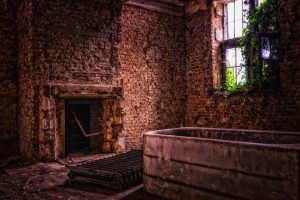 Removing paint, as well as some other types of coatings, graffiti, and stains are best achieved with cleaning compounds such as organic solvent paint removers, or alkaline paint removers. To remove paint layers from masonry surfaces normally involves applying the chemical cleaner using either a sprayer, roller, or brush, and then followed up with a water wash. Like with any form of chemical cleaning, any manufacturer’s recommendations on application procedure should be tested first before starting on the work.
Removing paint, as well as some other types of coatings, graffiti, and stains are best achieved with cleaning compounds such as organic solvent paint removers, or alkaline paint removers. To remove paint layers from masonry surfaces normally involves applying the chemical cleaner using either a sprayer, roller, or brush, and then followed up with a water wash. Like with any form of chemical cleaning, any manufacturer’s recommendations on application procedure should be tested first before starting on the work.
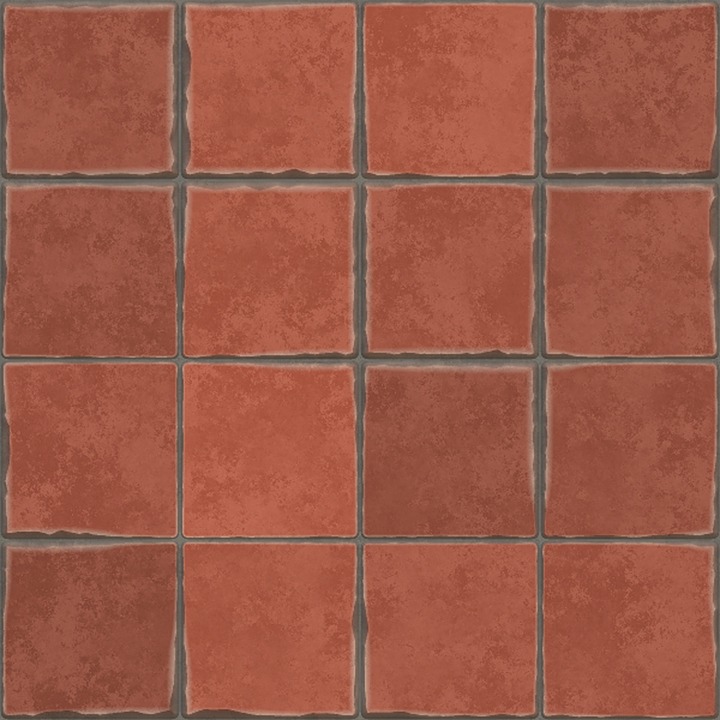
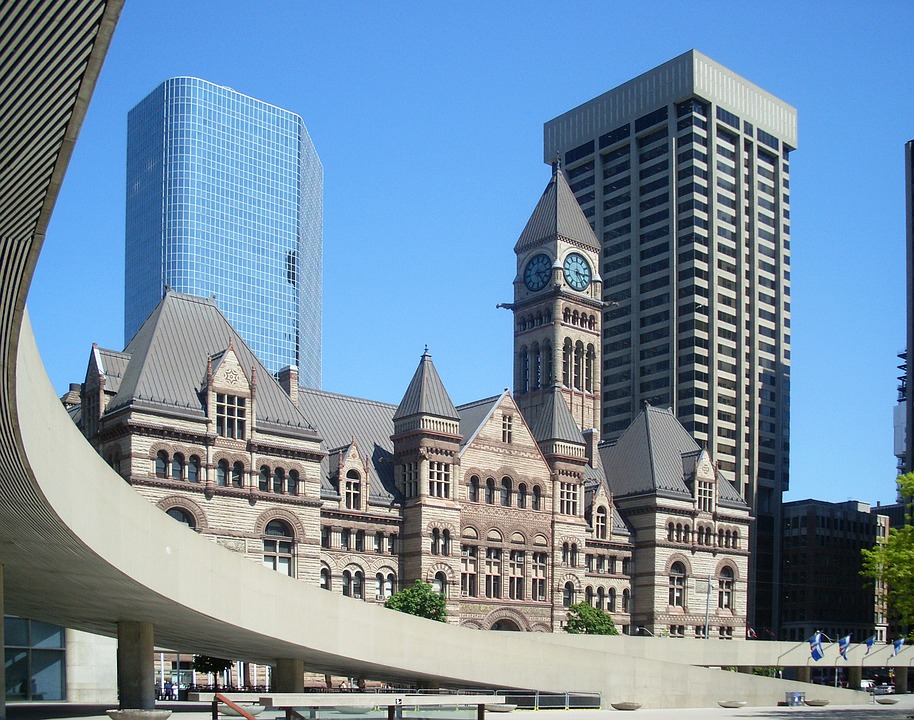
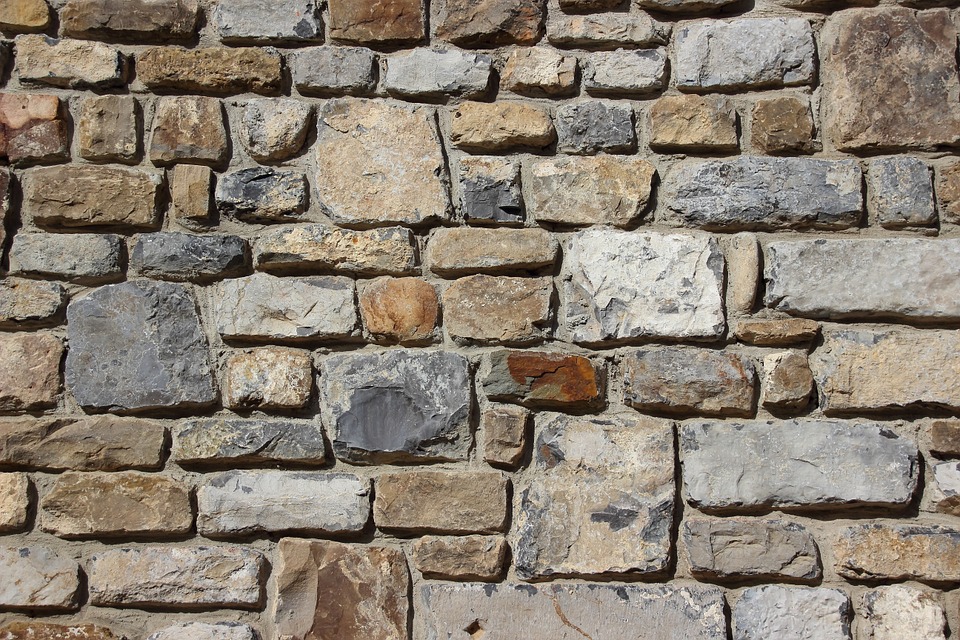
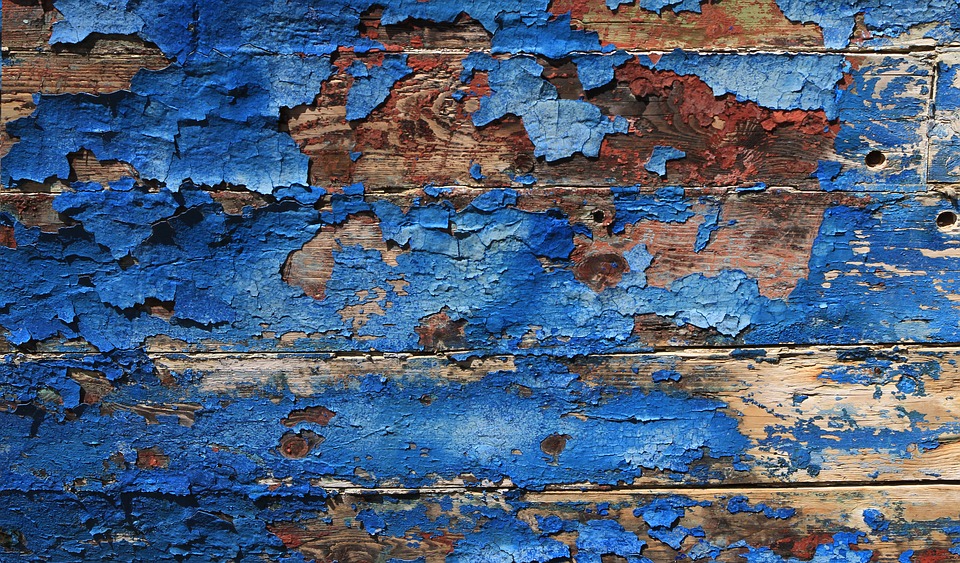
 used prior to attempting to remove the paint. By analyzing the very nature of the soil and dirt as well as the paint, it can be determined the best means of removal or if it needs to be removed at all. Professional consultants, as well as architectural conservators or conservation scientists or even preservation architects, can all be great assets to such a task. Consider historical district commissions or even preservation organizations as sources of information when making this determination.
used prior to attempting to remove the paint. By analyzing the very nature of the soil and dirt as well as the paint, it can be determined the best means of removal or if it needs to be removed at all. Professional consultants, as well as architectural conservators or conservation scientists or even preservation architects, can all be great assets to such a task. Consider historical district commissions or even preservation organizations as sources of information when making this determination.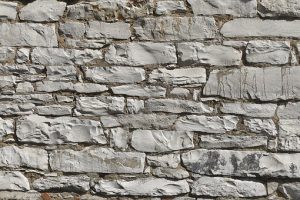 It’s very important to test the various cleaning methods and materials in an effort to choose the proper cleaning products that will do the least amount of damage to the building. Acidic cleaners can be potentially damaging to any acid-sensitive stones like limestone or marble. This can result in etching and dissolution of such stones. Other types of masonry may also suffer potential damage due to cleaning solutions that are incompatible to the particular type of masonry. There are various types of sandstone that require different solutions to retain their integrity. These will vary by geological location and should be carefully considered prior to cleaning. Even when the stones are properly identified, there may be unexpected impurities that can alter the results. Iron may react in a negative fashion with particular cleaning agents and sometimes, sandstone will have iron particles in the stone itself that may affect the overall results. Thus, having a complete understanding of the cleaning agents and how they will react with specific stones and agents is vital to retaining the integrity of the building.
It’s very important to test the various cleaning methods and materials in an effort to choose the proper cleaning products that will do the least amount of damage to the building. Acidic cleaners can be potentially damaging to any acid-sensitive stones like limestone or marble. This can result in etching and dissolution of such stones. Other types of masonry may also suffer potential damage due to cleaning solutions that are incompatible to the particular type of masonry. There are various types of sandstone that require different solutions to retain their integrity. These will vary by geological location and should be carefully considered prior to cleaning. Even when the stones are properly identified, there may be unexpected impurities that can alter the results. Iron may react in a negative fashion with particular cleaning agents and sometimes, sandstone will have iron particles in the stone itself that may affect the overall results. Thus, having a complete understanding of the cleaning agents and how they will react with specific stones and agents is vital to retaining the integrity of the building.